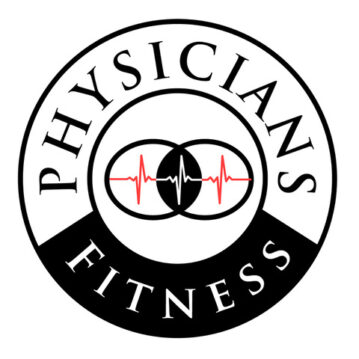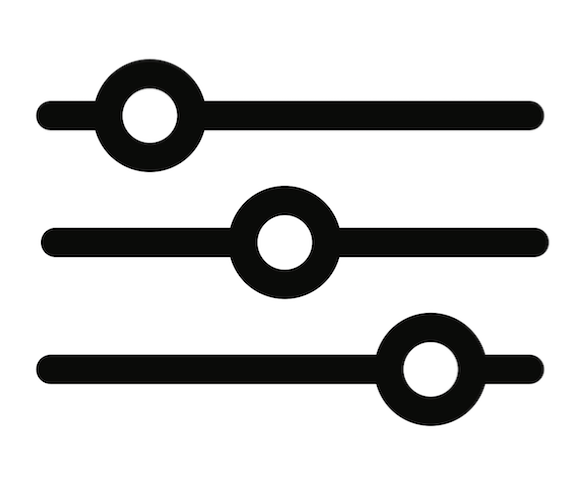Tim Livingston, CMSS, Charlie Rowe, CMSS, Greg Mack, ACE-CMES
The human body is a wonder!
It is arguably the most complicated system known.
One of the key characteristics of the human body is that it can move through space and hold itself in fixed positions. Like walking or standing still.
There are a dizzying number of bodily processes that need to occur and coordinate when we move, or choose not to move.
Apparently all the body’s subsystems are using what they have available to control a particular organ that is responsible for moving you and keeping you in a position: skeletal muscle.
Skeletal muscle is an amazing organ! It can develop various amounts of tension – called contractions – in order to start, sustain, and maintain movement and positions. Of course it sometimes needs to relax and not produce tension like when we sleep.
Muscles need to be able to create and govern the tension they produce in several very specific ways in order to control your body they way you want.
Let’s talk about the three most fundamental ways in which muscles produce and control tension so we can move well.
As human beings we experience 3 modes of muscle contractions throughout our day and maybe don’t even realize it! Much like as humans we experience 3 parts of our day- morning, afternoon, and evening.
All 3 parts of our day are important so are the 3 modes of muscle contractions. We are going to explain how and why as Muscle System Specialists we use those to help our clients (and ourselves) move better to feel better.
We are also going to offer new terms and definitions to these contractions.
But let’s open with the common terms and descriptions of these contractions.
The first mode…wait! What do we mean by mode?
Below is the definition of Mode by Exercise Professional Education.
Mode (n)- The way, or manner that, a change in joint angle/muscle attachment-to-muscle attachment linear distance occurs, or is experienced, expressed, or done.
Back to the first mode.
The first mode of muscle contraction is what you may have heard called a concentric contraction. This is typically defined as actively shortening a muscle, or the distance between the attachments of the muscle shortens.
But what does the term concentric mean by itself?
Concentric describes something, like circles, that have a common center. Concentric from the Latin word concentricus, from com (“together”) plus centrum (“center” or “circle”). So, concentric things have a center in common.
Are our muscles like circles? Do they come together and have a center in common? When we look at the anatomy, and action, of muscle when it is producing and regulating tension, this term doesn’t really seem to accurately represent what is happening.
We like to use the term miometric to describe the first mode of contraction as defined by Exercise Professional Education.
Let’s break this down a bit …
Metric – from the Greek ‘metron’, meaning; “pertaining to distance”
Why use this term mio? … was Exercise Professional Education trying to become fancy by coming up with this terminology?
Mio – prefix from the Greek meaning; “less”
Miometric – Active skeletal muscle contraction/force/torque, which opposes an extrinsic (external) force/torque developed such that there is an intentional joint angle change, and a distance change (approximation) of the muscle attachments, during the force development, which is decreasing the distance between the skeletal muscle attachments and decreasing joint angle. Contraction approximation.
Think about when you lift a dumbbell while flexing your elbow muscles (think biceps!)
This mode is probably the most common way exercisers think about doing exercise. They want to move their joints and change the length of their muscles. However, this is just one way muscle contraction can happen. Focusing exclusively on this mode of contraction, you would be missing out on the development and utility of the other two! It’s like saying that the morning is the only way to describe the whole day!!!
The second type of a muscle mode is the isometric contraction. This is typically defined as the muscle is contracting but rather than shortening or lengthening it is held at a constant length.
Does this really represent the best description when referencing an isometric contraction?
Let’s take a closer look at the word and how it is defined …
Iso – prefix from the Greek meaning; “same”
Metric – from the Greek ‘metron’, meaning; “pertaining to distance”
Isometric – Active skeletal muscle contraction/force/torque, developed such that there is no joint angle change, or distance change (neither approximation or separation) of the muscle attachments, during the force development, which opposes an extrinsic (external force/torque).
Think of it when you would hold a chair or couch when moving; your arm positions stay the same. More specifically the angle of your joints stay the same and the weight of the couch or chair would make your arms fatigue till you need to change the angle to give your body a rest. Exercises that develop this mode are very important and often overlooked. It’s like skipping the entire afternoon!
The third type of muscle contraction is commonly referred to as an eccentric contraction. This is regularly defined as the muscle going through an active lengthening.
Like we did with concentric, let’s look at the definition of eccentric …
Eccentric (of an axis, axle, etc.) not situated in the center. Having the axis or support away from the center. Dictionary.com
Once again, we like the Exercise Professional Education’s description and definition of pliometric.
Plio– prefix from the Greek meaning; “more”
Pliometric – Active skeletal muscle contraction/force/torque, which opposes an extrinsic (external) force/torque developed such that there is an intentional joint angle change, and a distance change (separation) of the muscle attachments, during the force development, which is increasing the distance between the skeletal muscle attachments and increasing joint angle. Contraction separation.
Think of it as you hold that couch or chair and then slowly lower the object to not damage it. You are actively lowering the object and have control while you are still contracting your muscles.
As we look at these definitions and explore them further, we can see that there can be several variations from which you could perform a miometric, isometric, and pliometric muscle contraction. And even combine them! This allows us multiple ways to assess muscle function and build exercises with many modes of contractions.
For this reason, it should be noted that not only are all three of these muscle contraction modes not prescribed by trainers, all three are also not assessed.
We are firm believers that to help you achieve their goals and objectives, and have your body feel good and move well. All three modes should be assessed and trained in the exercise process.
Certified Muscle System Specialists are trained to understand and apply these modes strategically.
An example of this would be working with a Certified Muscle System Specialist and find that your hip pain is greatly reduced when you are able to train and develop the muscles that help with knee extension (the straightening of your leg).
Knowing how to set up and perform an exercise with Miometric, Isometric and Pliometric in mind will be of great benefit to you.
Your Muscle System Specialist can identify what contraction modes benefit you the most to meet your specific needs and goals. This helps ensure that you are working on the specific contraction mode that is the most benefit for you to move better and to feel better.
There are many modes of muscle contraction and all are important. Train them all since you use all of them as you move and stay still. As Muscle System Specialists we want to help you understand and learn how to use all of these modes so you can move better, feel better, and live better!
If you're interested in learning more about how a Certified Muscle System Specialist™ can help you move better, feel better, and live better, click here.
To find a Certified Muscle System Specialist™ near you, see our see our list of practitioners throughout the U.S. and Canada at https://www.exerciseproed.com/mss-certified-practitioners/
If you're an exercise professional who is interested in learning more about how to become a Certified Muscle System Specialist™, visit us at www.exerciseproed.com.


Recent Comments